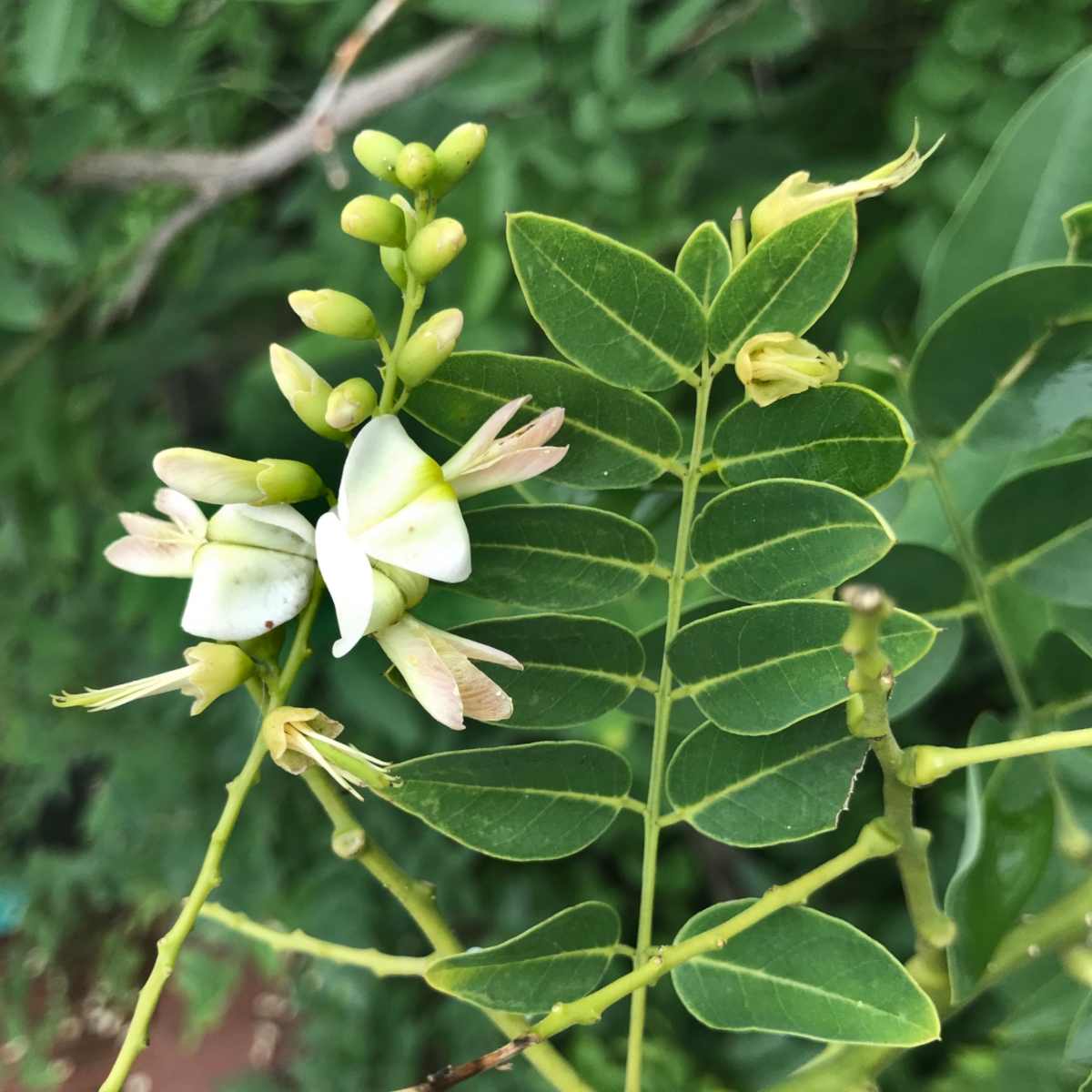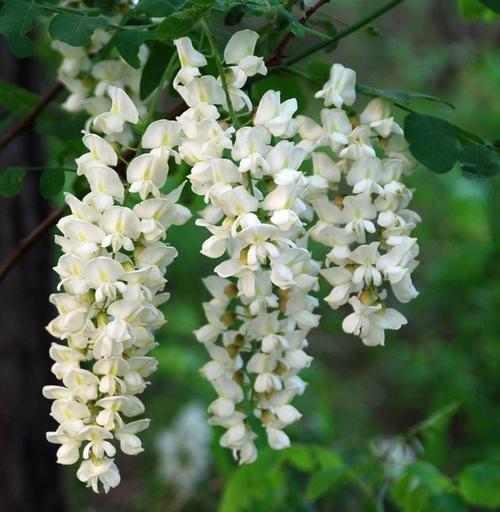japanese pagoda tree problems
This smaller cultivar is 45 feet high by 35 feet wide with a rounded to. The Japanese pagoda tree Sophora japonica also called the Chinese scholar tree is a native of China and Korea that thrives in US.

Japanese Pagoda Tree Chinese Scholar Tree Styphnolobium Japonicum Southern Living Southern Living
Canker diseases twig blight and potato leafhoppers are of concern.

. Insects Diseases and Other Plant Problems. Soil that is too heavy will waterlog the roots and lead to fungal disease. Back to Previous Page Like Plant Finder.
For over two centuries this tree was given the name Sophora japonica. It seems to be huge and very open branches and beautiful. Uses Lawn or street tree.
The flowers buds and fruit are used in traditional medicine. One common error is to immediately drown the Japanese pagoda tree after a dry period in the belief that it requires a lot of water. It may break from the weight of snow if it is not pruned properly.
Although there are no serious insect or disease issues leaf hoppers can be a problem. Twig blight verticillium wilt canker powdery mildew and rust may occur. Near patio or deck.
Seedpods of japanese pagoda tree Pests and disorders of Sophora japonica Invertebrates Foliage-feeding caterpillars Genista caterpillar Diseases Armillaria root rot Environmental disorders Mineral deficiencies. Paul Campus and is part of the butterfly garden south of Green Hall. Instead you should water the soil properly returning to a.
The seeds of the pagoda tree are POSSIBLY UNSAFE for most people when taken by mouth. The Japanese pagoda tree grows best in full sun but it can tolerate partial shade. I just looked through an old tree book I have showing a mature Japanese pagoda tree.
Watch for leaf hoppers. Serving East Bay Area. Twig blight verticillium wilt canker powdery mildew and rust may occur.
I saw that they dont live very long but maybe someone in Gardenweb on the Tree forum has an old specimen of a Japanese Pagoda tree. The Japanese Pagoda tree may be attacked by a few insects or diseases but none should be serious. Ad Our Certified Arborist Diagnose Tree Problems Prune Remove Trees Much More.
Chinese Scholar Tree also called Japanese Pagoda Tree is one of four species of leguminous trees in this genus and the only one that is cultivated. SLIDESHOW Special Precautions Warnings Pregnancy and breast-feeding. Enter ZipCode for Lowest Tree Removal Service Pricing Now.
The average size for this tree is between 20 and 30 feet tall but it can reach heights of up to 50 feet. Pagoda tree contains chemicals similar to. Its POSSIBLY UNSAFE to take pagoda tree seeds by mouth if you are pregnant or breast-feeding.
It does tend to have weak wood and brittle stems which may result in storm damage with age. Problems No serious insect or disease problems. List of pests diseases and tolerances.
Pagoda tree Styphnolobium japonicum is a plant found in China Japan and Korea. Back to Previous Page. Used in both supplements and creams the extract has been shown to enhance vein stability improve circulation and reduce inflammation.
Providing Complete Tree Care Service. Trunks have interlacing ridges and are more deeply furrowed becoming light brown to gray-brown with maturity wood is relatively weak and the branches are prone to storm damage with or without cankers and wood rot with their increasing age and weight. Tree Service Experts for all Projects Big or Small - Local Reliable.
The seeds might cause serious side effects including facial swelling poisoning or death. Japanese Pagoda Tree For vein problems. Though a member of the Fabaceae the pagoda tree does not fix atmospheric nitrogen through symbiosis with rhizobia bacteria.
So it is considered essentially pest free. Millstone Japanese pagoda tree Styphnolobium japonicum Halka. This is true but the easiest way to end it is to give too much water at once.
It was growing in front of a private school and appropriately enough was a Chinese Scholar Tree Styphnolobium japonicum. Department of Agricultural hardiness zones 4 through 8. The wood is weak and is vulnerable to strong winds or weather.
This particular tree is one of three planted on the St. Problems No serious insect or disease problems. The pagoda tree is not affected by any serious pests.
Rust powdery mildew blight canker and verticillium wilt can affect the tree. The following questions were asked by visitors who viewed this page. Extract from Japanese Pagoda Tree has been used widely in Europe since the mid-1960s for treatment of various vein conditions including spider veins.
Trees do best in areas with full sun or partial shade and moderate amounts of water. Problems of Pagoda Tree. Why Is Pagoda.
Watch for leaf hoppers. Specific epithet means of Japan but this tree is not native to Japan. It is a heat-tolerant tree and does well in USDA hardiness zones six through nine.
Japanese Pagoda Tree Becoming Popular In U S Cities What Grows There Hugh Conlon Horticulturalist Professor Lecturer And Gardener

Japanese Pagoda Tree An Elegant And Airy Slow Growing Giant For Parks

How To Grow And Care For Japanese Pagoda Tree Rayagarden

Japanese Pagoda Tree Seeds Etsy

What Is Sophora Japonica Learn About Japanese Pagoda Tree Care

Japanese Pagoda Tree Care Maintenance Instructions Cool Garden Ideas
:max_bytes(150000):strip_icc()/japanese-pagoda-tree-care-5186863-02-40fc3009a3e544499b255f71c2f98b8a.jpg)
Japanese Pagoda Tree Care And Growing Guide

Japanese Pagoda Tree Scholar Tree Yale Nature Walk

Tree Of The Week Japanese Pagoda Tree
:max_bytes(150000):strip_icc()/japanese-pagoda-tree-care-5186863-04-eea66be4d0454af08c590e51a6e51aca.jpg)
Japanese Pagoda Tree Care And Growing Guide
/japanese-pagoda-tree-care-5186863-hero-b959bcf0d99349dcaef36a3b9e0cfeb0.jpg)
Japanese Pagoda Tree Care And Growing Guide

Pagoda Tree Facts And Health Benefits

Japanese Pagoda Tree An Elegant And Airy Slow Growing Giant For Parks
:max_bytes(150000):strip_icc()/japanese-pagoda-tree-care-5186863-07-678db2e12f964f979141917e3892ee54.jpg)
Japanese Pagoda Tree Care And Growing Guide
:max_bytes(150000):strip_icc()/japanese-pagoda-tree-care-5186863-06-ea23bcea86d74cdd998d083e1da1f11e.jpg)
Japanese Pagoda Tree Care And Growing Guide
Japanese Pagoda Tree Becoming Popular In U S Cities What Grows There Hugh Conlon Horticulturalist Professor Lecturer And Gardener

Japanese Pagoda Tree Scholar Tree Yale Nature Walk

